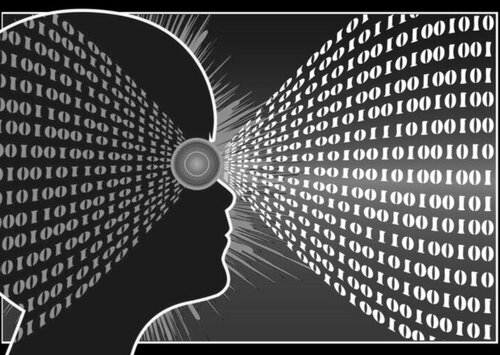NLP, CBT, and the three Objectives
There are 2 million bits of information every single second that we could absorb. Out of these 2 million bits, we actually absorb only about 134,000, barely 5%! How does our brain decide which 95% to leave out and which 5% to include? Neuroscience gives us the answer: Cognitive Biases. We delete, distort, and generalize, which also explains our prejudices, unconscious biases, and our cognitive errors. It explains why we tend to engage in black and white thinking, why we filter, label, and jump to conclusions. Of course, this means we are living our life, missing a lot of information, and erroneously believing that the information our brain absorbs is all there is. This also means that we are unlikely to absorb all the same information, and we quickly dismiss what someone else has absorbed and are ready to label that other person.
In NLP (Neurolinguistic Programming), we call that Map versus Territory. In other words, there is a huge territory out there, and we each have our own map for it. We often forget that all we have is a map of the territory, not the territory itself, and there are likely many versions of the map.
With so many different maps representing the same territory, we can see that looking at our map limits us from seeing (1) the entire territory; (2) what other maps may show us. This is what it means to view the world from an outside-in perspective, and why we want to, instead, see the world inside-out. After all, this is an inside-out world and that explains why we have as many maps as individuals in the world, except that each one’s map is based on a shaky foundation, to start with.
The way to understand this inside-out world, from an NLP perspective, is to see that we have an internal map, and each time a situation, event, circumstance or experience, presents itself, we draw from our internal map, which we call internal representations. From there, we make sense of the situation and respond accordingly. Of course, these internal representations are all based on our past, making them both automatic, likely erroneous, and leading to the same type of response, behavior, habit, and result. A never-ending cycle.
Now, our results derive from our habits, which, in turn, derive from our behaviors, which are hugely influenced by our feelings, emotions, or states. In turn, our feelings are largely influenced by our associated thoughts, which, in turn, derive from our focus, which, in turn, derive from the meaning given by our internal representations. This process is used in CBT and NLP to illustrate and help us understand our Belief-Result Pathway, why we see the world the way we do, and why we behave the way we do.
While CBT and NLP have much in common, NLP, as the Science of Life, is centered around three main objectives, which are: To help us:
-
Understand how we’ve been socialized and programmed
-
Learn and master how to undo any programming that is not working for us and how to reprogram ourselves
-
Use the Science of Life to promote excellence through modeling and to help others do the same
On Saturday, November 14, 2020, from 4-6pm EST, we will continue our NLP Certificate Course, and we will be talking about The Meta Mirror. Are you ready? Will you join us to learn how to best benefit from these three main objectives of NLP?
We look forward to seeing you soon!
Until then,
Karen and Mardoche









